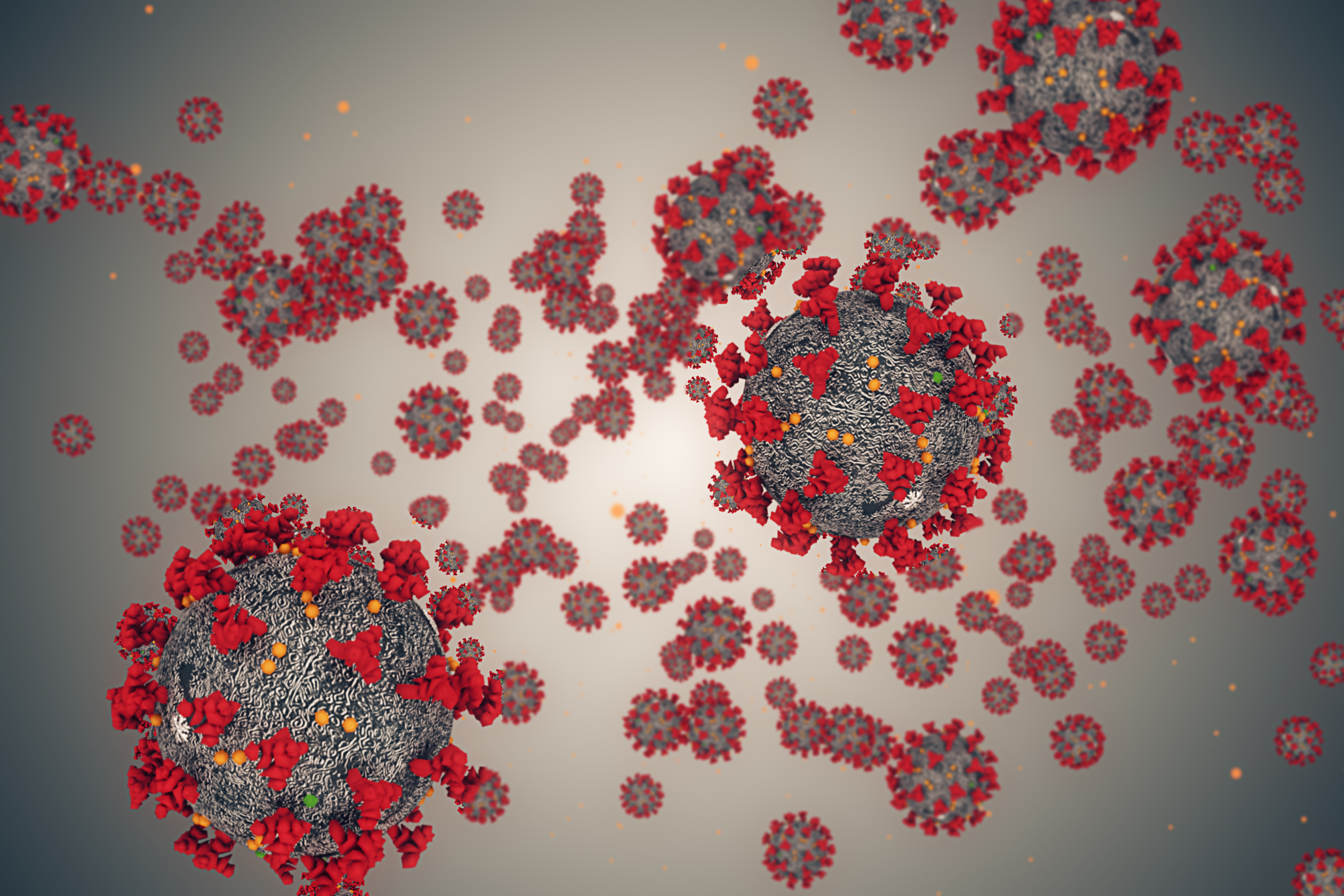



Researchers identify link between community transmission of COVID-19 and livestock processing
A new article published by PNAS suggests that slaughterhouses across the United States acted as COVID-19 transmission vectors and accelerated the spread of the virus in the communities that surrounded them.A new paper from the Proceedings of the National Academy of Sciences (PNAS) has explored the link between livestock plants and COVID-19 transmission. Though the US has attempted to strike a balance between limiting the spread of the coronavirus and maintaining essential supply chains, preliminary research results suggests that livestock processing plants have amplified COVID-19 infections in multiple communities.
Study authors Charles Taylor, Christopher Boulos, and Douglas Almond examined the relationship between livestock processing and COVID-19 transmission in the continental United States, using county-level data on COVID-19 cases and deaths.


The authors estimated that as of 21 July 2020, livestock plants were associated with 236,000-310,000 COVID-19 cases (6-8 percent of all US cases) and 4,300-5,200 deaths (3-4 percent of all US deaths), based on the elevated COVID-19 incidence and death rates observed in counties where plants were located. Livestock workers likely represented a small fraction of these cases, with the rest arising from community transmission.
The association between COVID-19 incidence and livestock plants was most pronounced among the largest plants and among plants owned by the largest companies. Plants with recently issued waivers from the US Department of Agriculture permitting line processing speeds above statutory limits were associated with greater increases in COVID-19 incidence than nonwaiver plants. Temporary plant closures were followed by steeper declines in county-wide COVID-19 growth rates than were observed in counties without plant closures. According to the authors, the results suggest that livestock processing may pose a particularly large public health risk.









